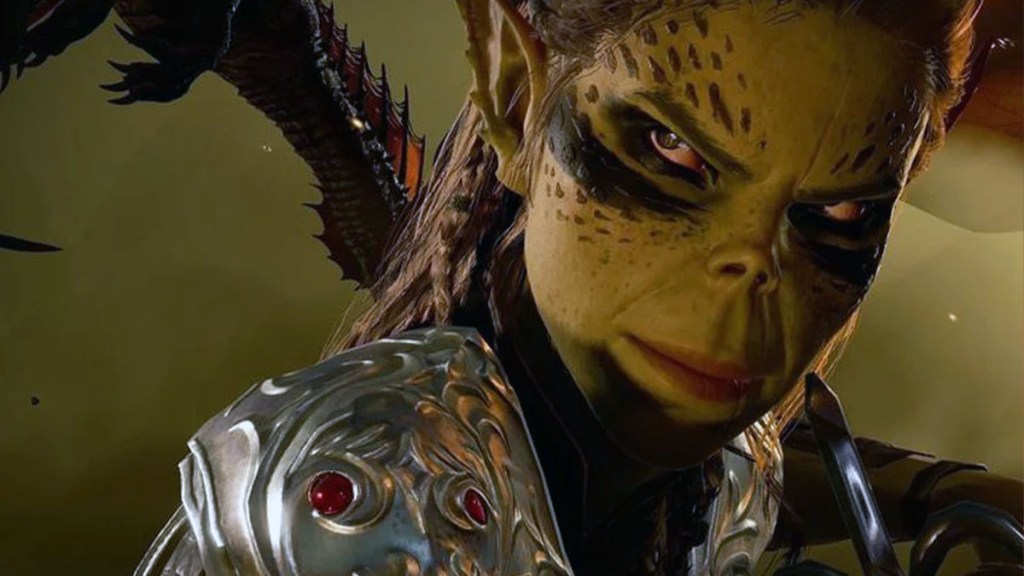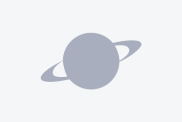Baldur’s Gate 3 launches with DLSS and DLAA, but you have to use one or the other. Activate one, and the other will turn off. So, you have to make a decision about which one’s best for you. Fortunately, this isn’t tough to figure out, and we’ll break down the choice below.
Is DLSS or DLAA better in Baldur’s Gate 3?
In Baldur’s Gate 3, you should use DLSS if you need more frames and DLAA if you’re running the game at the max framerate of your display and have more power to spare. Unfortunately, you have to pick between one or the other since BG3 uses DLSS 2. On games that use DLSS 3, you can enable both DLSS and DLAA.



Deep Learning Super Sampling (DLSS) renders a frame at a lower resolution and then upscales it to the target resolution using AI. So, a game can play in 4K while only using the resources it would typically need to play in 1080p. As such, it can double your FPS in certain titles with minimal degradation of picture quality.
On the other hand, Deep Learning Anti-Aliasing (DLAA) uses machine learning to perform anti-aliasing at native resolution. Since it only samples the pixels that change between each frame, DLAA gives all the benefits of TAA but without the ghosting effect. Since it handles motion so well, it’s currently the preferred form of AA if available.
So, you’ll have to make a strategic choice based on your unique gaming needs and system capacity. It’s a trade-off between performance and visual fidelity – DLSS for the former, DLAA for the latter.
Unfortunately, both these features are limited to the RTX 20, 30, and 40 Series cards. So, if you’re on the RTX 10 Series or older, neither is supported. Additionally, AMD cards can’t use DLSS or DLAA and have to use FSR instead.




